Simple Living

Attracting Orioles Baltimore Orioles are a striking sight to behold! The vivid orange of the males, makes them easy to distinguish from other birds. But how do you go about attracting Orioles to your yard? My fascination, love, of Baltimore Orioles started decades ago when I read Baltimore Orioles a Science I CAN READ book […]
Apr 4, 2024
READ THE POST
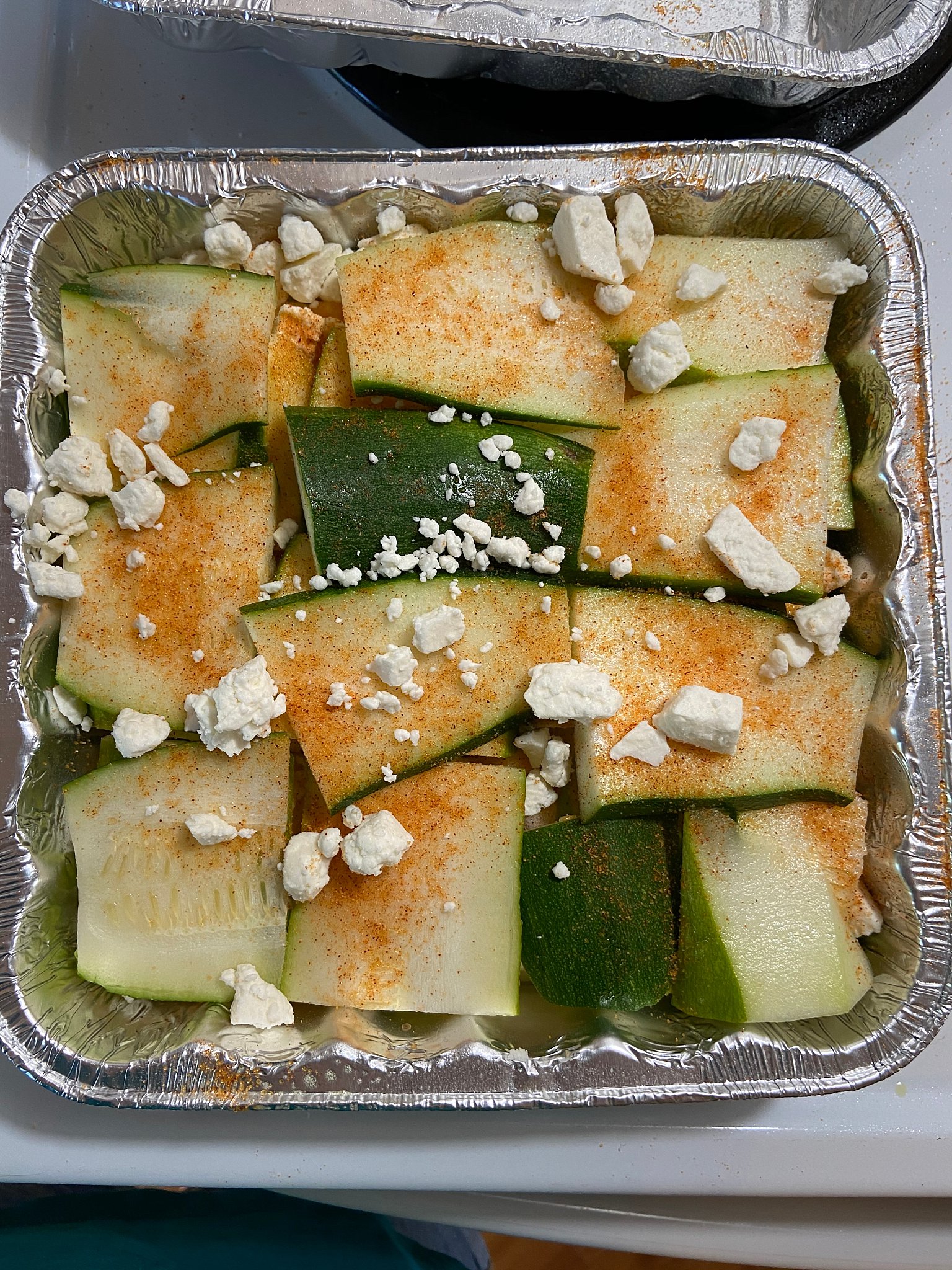
ITALIAN ZUCCHINI CASSEROLE Zucchini the most prolific veggie of summer. It seems everywhere you can find zucchini during the summer. And if you grow zucchini, you’re probably looking for dishes to make with it, and friends to share. When my husband shared zucchini with a co-worker who is from a New Jersey Italian family, he […]
Jul 27, 2022
READ THE POST
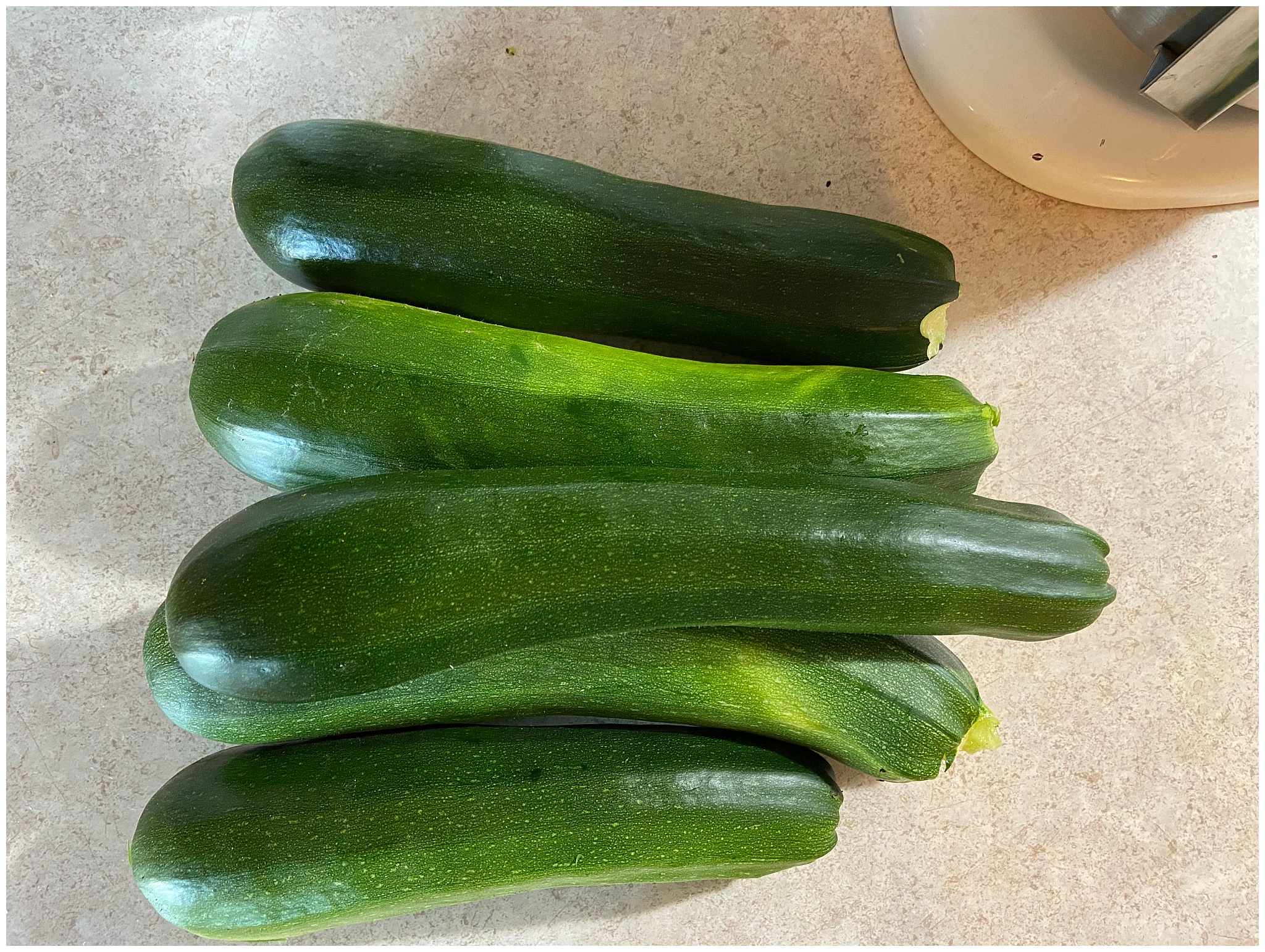
Grandma’s Zucchini Bread For years I made my grandma’s zucchini bread wrong! I followed the recipe, I just didn’t realize it was wrong. For years we had short half full pan loafs of grandma’s zucchini bread. I just though that was how it was supposed to be. Then I tried a recipe for chocolate zucchini […]
Jul 11, 2022
READ THE POST
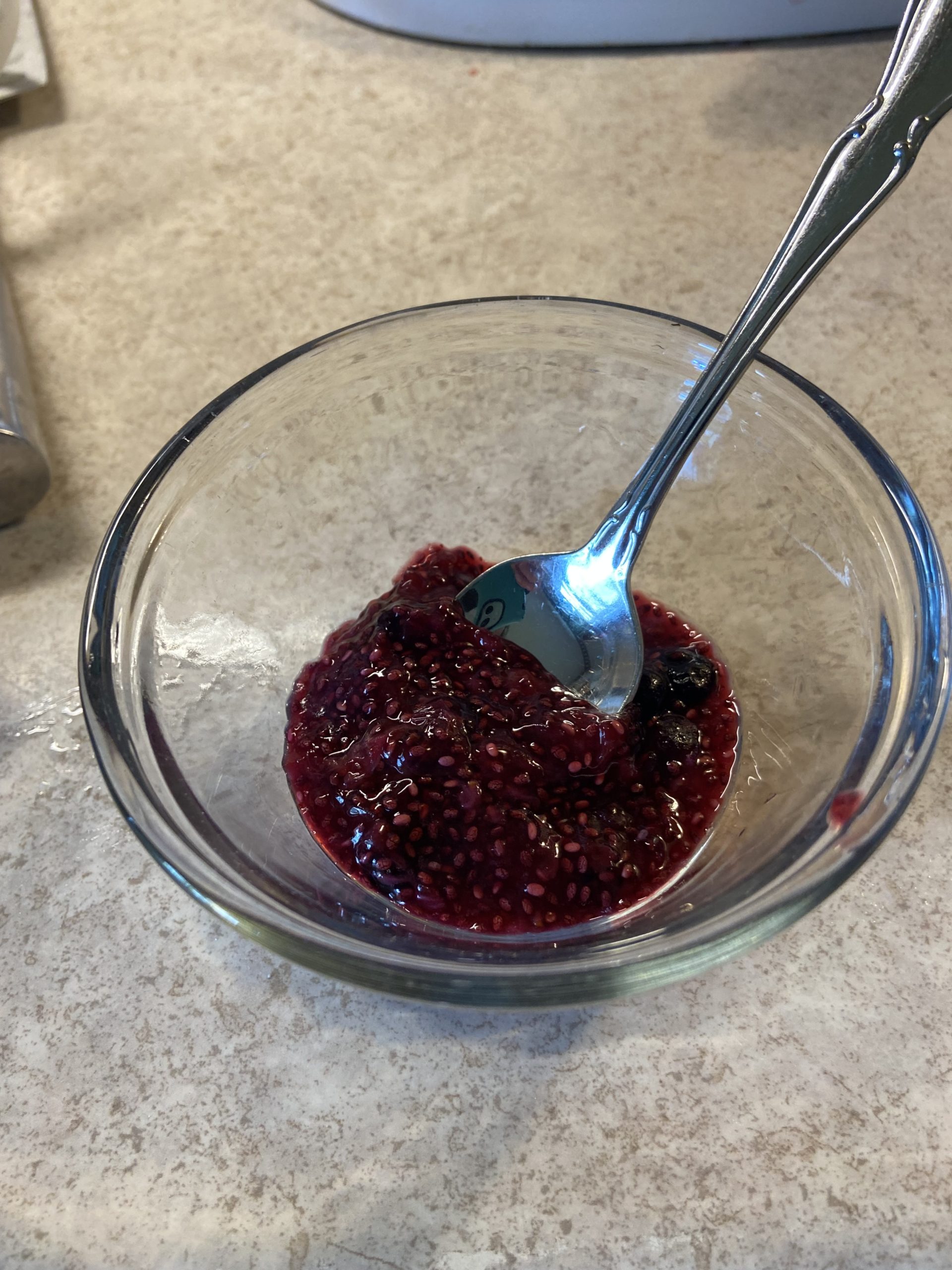
The last time my produce drawer was a bit too full, I made a guilt-free jam, that I absolutely loved!
Jul 5, 2022
READ THE POST

Loading up the landfill Emptying the container of my typical laundry soap, it hit me home much waste is generated just in the laundry soap container itself. That lead to, homemade laundry detergent! The average family of 4 persons in the United States of America performs eight to 10 loads of laundry each week. That means every […]
May 26, 2022
READ THE POST
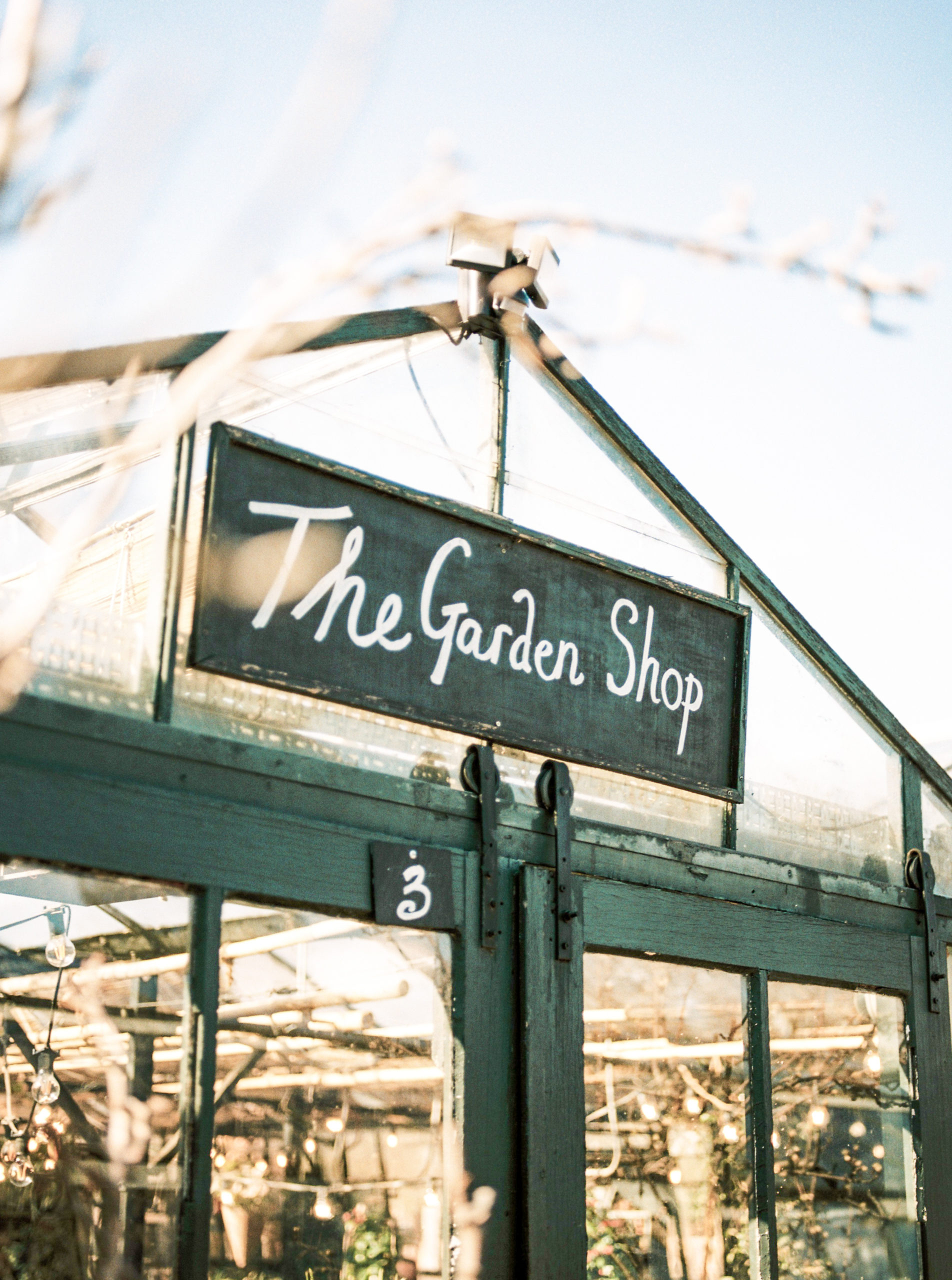
Choosing Plants for your Vegetable Garden There are so many wonderful vegetables to grow. It can make choosing plants for your vegetable garden a daunting task. So how do you choose which plants to grow in your own vegetable garden? As you’re considering plants first and foremost make sure they are compatible with the basics […]
May 11, 2022
READ THE POST
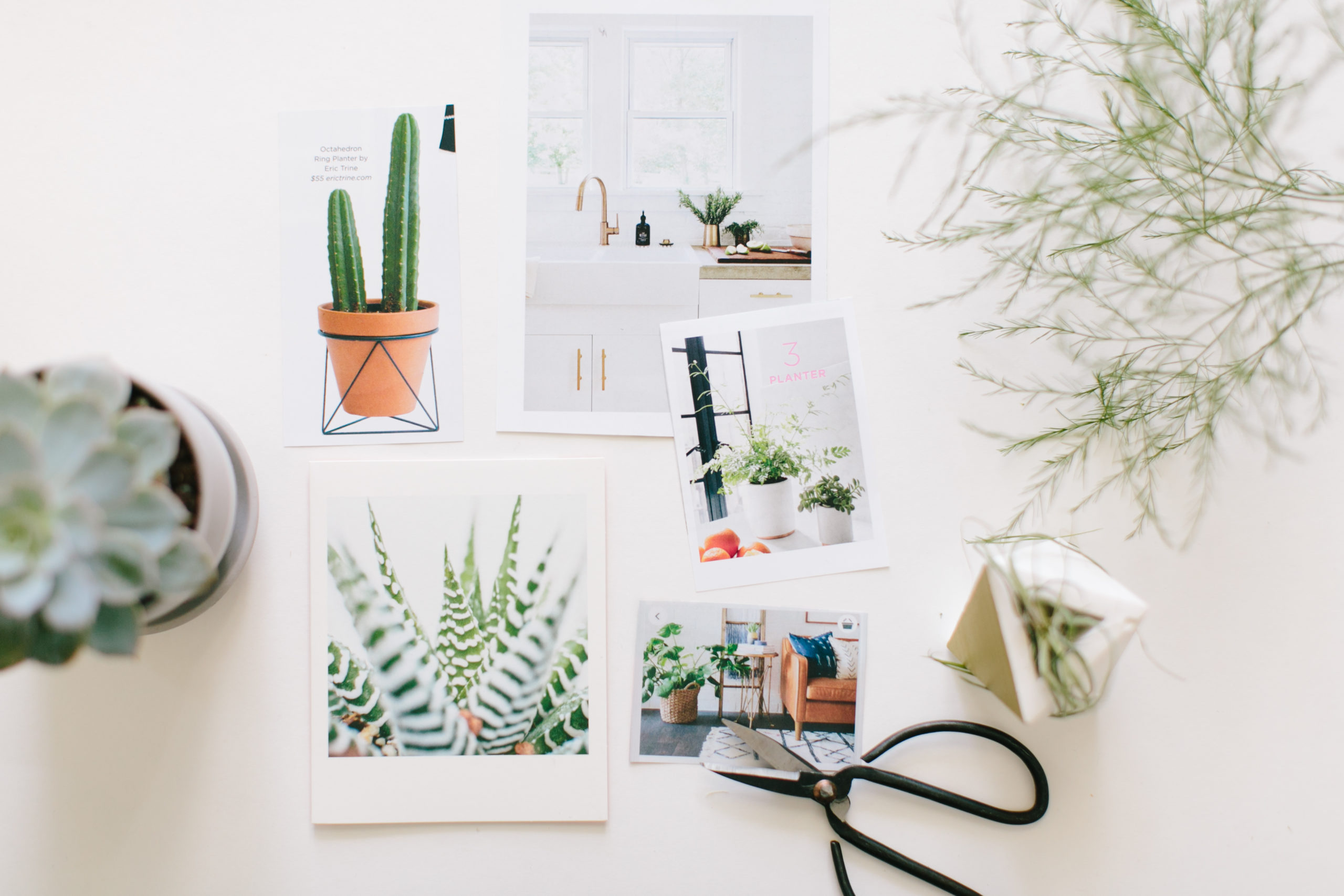
Planning a Garden Whether you start your plants from seed or purchase them locally grown, every gardener is excited to get their plants in the ground and watch them grow! However, to have a thriving garden vs. a lot of frustration takes some planning. You can make a detailed plan or a loosely outlined plan. […]
May 4, 2022
READ THE POST